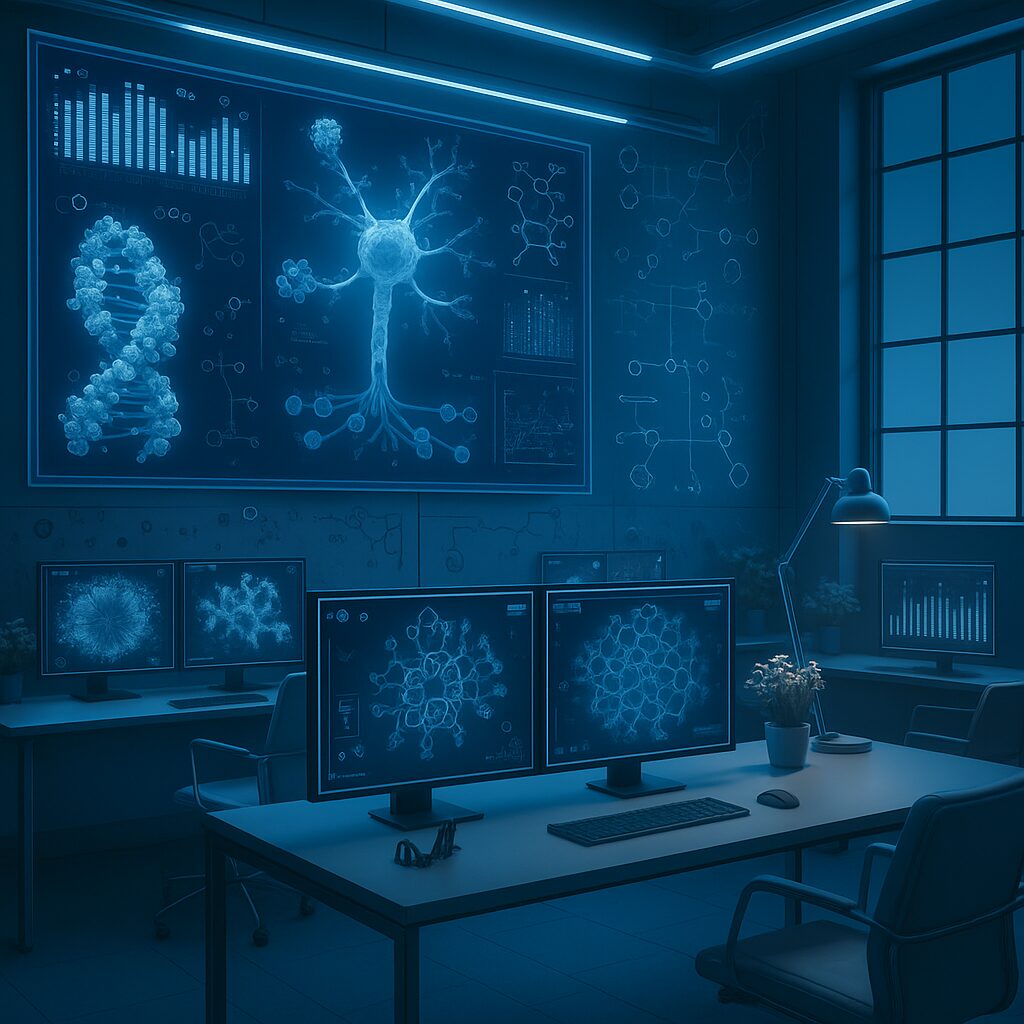

Facility: ImagImm
About
Imaging Immunity
The platform ImagImm – Imaging Immunity, dirigée jusqu’en 2025 par Didier Marguet (éméritat), a été créée en 2007 par la fusion des plateformes de microscopie du CIML et d’IM2V (Interactions Moléculaires en Milieu Vivant).
Elle met à disposition de ses utilisateurs des ressources de microscopie optique de pointe, permettant de décrypter les mécanismes du système immunitaire, de l’échelle moléculaire jusqu’aux organismes entiers.
Scientifically led by Hugues Lelouard, la plateforme s’appuie sur les compétences de trois ingénieurs : Mathieu Fallet (responsable technique), Marie-Claire Blache (analyse d’images) et Carole Siret (microscope à feuille de lumière).
Missions
The ImagImm platform aims to:
- Maintain and develop a state-of-the-art microscope fleet
- Ensure the maintenance and quality monitoring of instruments in conjunction with the manufacturers' after-sales service
- Train users through theoretical and practical teaching
- Provide scientific and technical assistance for image acquisition and analysis
- Develop biophotonics research and development activities adapted to CIML's biological applications
Reconnue au niveau national, ImagImm est labellisée Infrastructure in Biology, Health and Agronomy (IBISA) and is a partner of the network France-BioImagingThe platform is also a member of the consortium PICsL (Common Imaging Platform of the Luminy Site), créé en 2002 par le CIML et l’IBDML (Institut de Biologie du Développement de Marseille-Luminy) aujourd’hui élargi aux plateformes d’imagerie de l’INMED (L’Institut de Neurobiologie de la Méditerranée) et de l’IMM (L’Institut de Microbiologie de la Méditerranée). Enfin, ImagImm collabore étroitement avec la plateforme de multi-ingénieries de Centuri en s’appuyant sur son expertise en mécatronique et en analyse d’images.
Training
La plateforme Imagimm assure des formations à la microscopie et à l’analyse d’images, aussi bien au sein du CIML qu’en dehors :
- Courses and practical work integrated into the Master of Immunology (Faculty of Sciences of Luminy) and at thePolytech engineering school ;
- Contribution to thedoctoral school through a module dedicated to image analysis;
- Regular participation in the workshops of theCNRS MifoBio thematic microscopy school
- Organisation d’une formation INSERM on spectral confocal imaging;
- Actions de diffusion scientifique auprès du grand public : participation à la Science Festival, welcoming middle school students for their 3rd year internship.
Open Science
In the interests of transparency, accessibility and reproducibility of analyses (principle FAIR), ImagImm met à disposition les codes d’analyse qu’elle a développés. Vous pouvez trouver ci-dessous les logiciels développés au CIML et à travers nos collaborations avec l’institut Fresnel :
QCM: real-time quantitative quality control of single-molecule localization microscopy data
Mailfert S, Biophysical Journal, Vol 124, Issue 7, April 2025
A Shiny application to analyze tissue section images (Saphir)
Germani E, F1000R, 2021/4/8
UNsupervised particle LOCalization (UNLOC)
Mailfert, Biophys J, 2018, DOI:10.1016/j.bpj.2018.06.02
Methods for Automated and Accurate Analysis of Cell Signals (MAAACS)
Salles A, Billaudeau C, et al, PLoS Comput Biol, 2013
Multiple Target Tracing (MTT)
Serge, A. et al., Nat Methods, 2008, 687-94, 5
Image analysis
Imagimm met à disposition de ses utilisateurs deux stations d’analyse d’images équipées des logiciels ImageJ, QuPath, Matlab And Imaris.
Elle développe en étroite collaboration avec les chercheurs des programmes d’analyse en R And Python, ainsi que des scripts Groovy pour QuPath et des macros pour ImageJ.
Ces outils permettent de répondre à un large éventail d’applications pour la quantification d’images 2D ou 3D, statiques ou dynamiques, sur des cellules en culture, des coupes de tissus ou des organes (ganglions, plaques de Peyer, rate) et organismes entiers (embryons de souris, ver C. elegans).
Actuellement, la plateforme mène des travaux sur la segmentation et l’analyse des interactions cellulaires en 3D, en collaboration étroite avec Thomas Boudier (Centrale Méditerranée).
Imagimm-CIML · GitHub
Projects
Project: SensoSkin Apical extracellular matrix (aECM) shapes and protects the epithelium in all organisms. We previously showed that like […]

Project: DECITIP Plasmacytoid dendritic cells (pDCs) excel in the production of type I and III interferons (IFN), […]

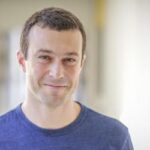
Our health depends on a delicate balance between immune defense against pathogens and tolerance to […]
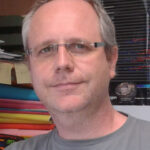

Project: CholControl You are what your mother ate Transgenerational impact of maternal diets via the regulation of RORγt activity […]

Lymph nodes are formed in the embryo by Lymphoid Tissue Inducer (LTi) cells. LTi cells arise not from the yolk […]

Innate immune cells are essential partners of the central nervous system, supporting both homeostasis and repair. Within the brain, perivascular […]

Project: LINkS The LINkS project (EU FET-OPEN) aims to change the paradigms of self-organization of intracellular living matter, […]

Project: D2OX The interdisciplinary D2OX project is divided into three highly interconnected tasks to elucidate how the efficiency of OXPHOS complexes […]

Project: PLBIO 2024 Coordinator: Thierry Walzer, CIRI, Lyon. Other participant: Nathalie Bendriss-Vermare, CRCL, Lyon. Abstract: Natural Killer cells […]

Project: ACLAMADABREC Partly through their effectiveness in activating natural killer (NK) cells and CD8 T lymphocytes […]

Project: UNFIRE Other participants: Ciphe (Ana Zarubica), Hospices Civils de Lyon and CIRI (Sophie Trouillet-Assant, Thierry Walzer), CoVir team […]



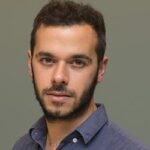

Project: PLBIO-25 Coordinator: Marianne BURBAGE, Institut Curie, Paris. Other participant: Andrew GRIFFITHS, ESPCI, Paris. The effectiveness of CD8 T lymphocytes […]

Project: RIPIREVI Other participants: CIPHE (Ana Zarubica and colleagues). Abstract: Type I interferons (IFN-Is) are essential for […]


Project: ICARO Current acellular vaccines are mostly effective against extracellular pathogens, but fail to induce a response […]

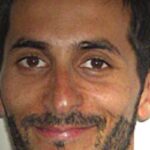
Project: PPTuft This project coordinated by Philippe Jay (IGF, Montpellier) in partnership with our team aims to determine the […]

Project: Myfunbat The project aims to define the diversity and functions of brown adipose tissue (BAT) macrophages, […]

Project: EndoPos The EndoPos project explores the role of the GDPD2 enzyme, produced in particular by pulp fibroblasts […]

Project: T-MAC The T-MAC project aims to understand how testicular macrophages and their niches contribute to the maintenance of […]

Project: NICHE The NICHE project explores the concept that macrophages (Macs) depend on local niches formed by […]

Project: Path Finder This project aims to characterize the spatio-temporal development of type I dendritic cells (cDC1) in […]

Project: IMPACT Sensors Other participants: IGBMC, Strasbourg (Nicolas Charlet-Berguerand) and Institut Curie, Paris (Franck Perez). Duration 2025 – […]
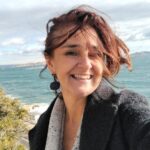
Partner: University of Milan, Italy (Prof. Angelo Poletti, DISFEB) Frameshift mutations in HSPB8 cause neuromyopathies by disrupting […]

CNRS – University of Melbourne Graduate Research Projects The project investigates the molecular interplay between the E3-ubiquitin ligase MARCH1 and […]

Bone marrow metabolic niches regulate hematopoiesis (MetaNiche, ANR-22-CE15-0015-02). Duration: 2023–2027 (42 months).Partners & funding amounts: Institut Curie (L. Perié), Institut […]

Full title & acronym: Understanding lipid immunometabolism to treat disease (UNLIMITED).Duration: 2025–2029 (48 months).Partners & funding amounts: Consortium led by […]

The host response to pathogens is orchestrated by the immune system and the nervous system, both present in […]

We have demonstrated that the neurokine TAFA4, produced by sensory neurons in the skin, can promote tissue repair […]

Beyond the pain perception processes that are induced in the event of injury or infection of the […]

Duration: 2021–2025.Partners & funding amounts: APHM/La Timone (E. Tabouret); amount for team: 325 k€.Responsibilities: PI–coordinator (only beneficiary)Theme & content of […]

The GCselection project, coordinated by Dr. Pierre Milpied (CIML), revisits the mechanisms of antibody maturation in centers […]


Equipments
See details on this instrument here: HARRISON LSM980 · Wiki · ImagImm / Equipment · GitLab
See details here: https://forge.inrae.fr/imagimm/equipment/-/wikis/GEORGE-LSM980
See details here: https://forge.inrae.fr/imagimm/equipment/-/wikis/KIRK-LSM880
See details here: https://forge.inrae.fr/imagimm/equipment/-/wikis/ELMER-LSM880
See details here: https://forge.inrae.fr/imagimm/equipment/-/wikis/Video_Microscope
See details here: https://forge.inrae.fr/imagimm/equipment/-/wikis/Imaris-station
See details: https://forge.inrae.fr/imagimm/equipment/-/wikis/Qupath-station
Not available
See details here: https://forge.inrae.fr/imagimm/equipment/-/wikis/Lightsheet
See details here: https://forge.inrae.fr/imagimm/equipment/-/wikis/Samsung-Digital-Presenter
See details here: https://forge.inrae.fr/imagimm/equipment/-/wikis/Upright-Widefield-Microscope
See details here: https://forge.inrae.fr/imagimm/equipment/-/wikis/Inverted-Widefield-Microscope
See details: https://forge.inrae.fr/imagimm/equipment/-/wikis/spot-variation-FCS-STEVIE
See details here: https://forge.inrae.fr/imagimm/equipment/-/wikis/Nanoscopy-JIM


